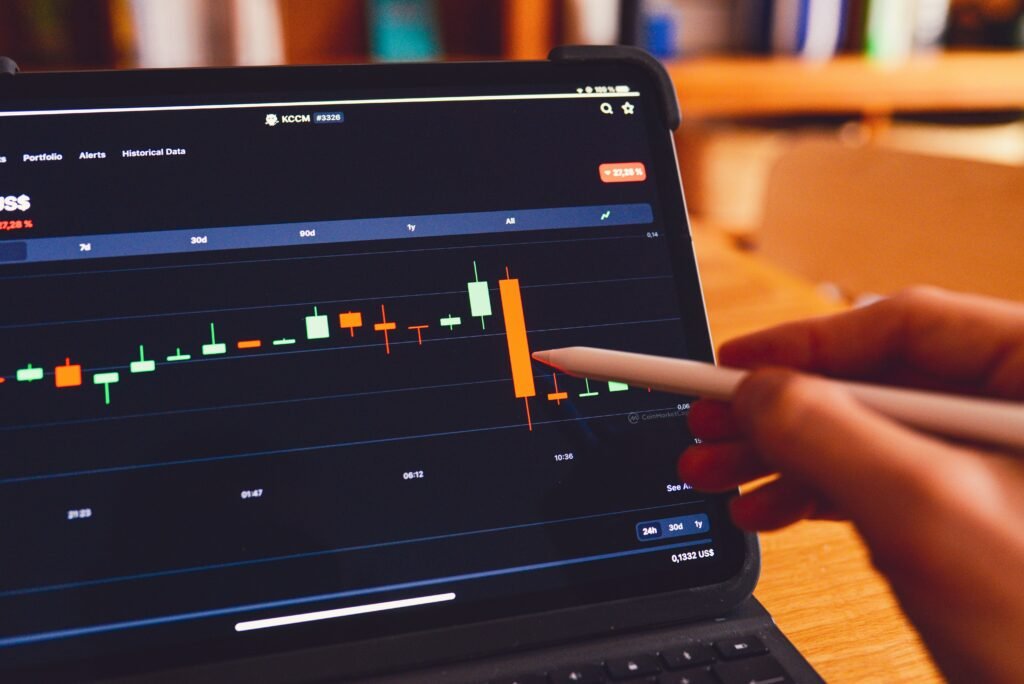Shein incident summary
In September 2025 an AI-generated likeness controversy broke after a product page on Shein featured a model who strongly resembled Luigi Mangione. The listing was for a cotton shirt and went viral quickly. Public recognition and facial analysis tied the image to the real individual. Shein removed the item and blamed a third-party vendor for the AI-generated imagery.
Vendor vetting lessons
The episode highlights gaps in vendor vetting and oversight. Shein used imagery supplied by a contractor, and the vendor’s vetting failed to flag the likeness. Brands relying on external AI creators must require proof of origin and quality checks. Strong vendor vetting protocols can reduce legal and reputational risks tied to synthetic content.
Consent and likeness rights
This AI-generated likeness controversy raises urgent questions about consent rights and likeness rights. When an AI output mirrors a living person, that person may claim violation of personal rights. Legal frameworks vary by jurisdiction, but the core issue is simple: did anyone consent to use the likeness? Brands should adopt clear contract terms that protect consent and address compensation and removal procedures.
Advertising ethics fallout
Advertising ethics are under fresh scrutiny after the Shein case. Using AI-generated imagery without strict review erodes public trust. Consumers expect honest representation in ads and swift corrective action when mistakes happen. Ethical ad policies should include human review of AI models and transparent disclosures about synthetic content.
Managing public backlash
Public backlash moved fast on social platforms and news outlets. The AI-generated likeness controversy amplified discussion about accountability and corporate responsibility. Shein’s quick removal helped, but reputational damage lingered. A rapid response playbook, including apology, investigation, and restitution steps, can limit long-term fallout when synthetic imagery goes wrong.
Wayback Machine archive
The product page was archived in the Wayback Machine, which provided public proof of the listing. Archives like the Wayback Machine are becoming central tools for journalists and regulators investigating AI incidents. The snapshot confirmed the listing’s existence and timeline, strengthening calls for tighter industry standards.
Why this matters now
This incident matters because more brands will test AI-generated imagery in campaigns. The risk of accidental resemblances creates legal exposure and consumer distrust. As generative tools improve, companies must balance creativity with safeguards that protect individuals. The Shein case serves as an early warning about how AI outputs interact with real-world rights.
What brands should do
Adopt mandatory provenance checks for AI assets. Require vendors to document datasets and consent histories. Update contracts to cover likeness rights and rapid takedown. Train marketing teams to spot plausible matches and to consult legal counsel. These steps reduce the odds that an AI-generated likeness controversy will hit your brand.
Frequently asked questions about AI-generated likeness controversy (FAQ)
What triggered the AI-generated likeness controversy at Shein?
A third-party vendor supplied an AI-generated model resembling Luigi Mangione, and the listing went viral, prompting removal.
Who is responsible when AI imagery resembles someone?
Responsibility typically falls on the brand and its vendor. Clear vendor vetting and contractual protections allocate liability.
Can likeness rights block the use of AI images?
Yes. Many jurisdictions recognize likeness and consent rights that can prevent or penalize unauthorized use.
How can companies prevent similar incidents?
Implement vendor vetting, provenance checks, human review, and legal clauses addressing consent rights and takedown procedures.
Why is the Wayback Machine relevant here?
The Wayback Machine archived the page, confirming the listing and timeline. Archives support transparency and investigation.
This report was written by BlockAI following the 5Ws and 1H framework to analyze the Shein incident and its wider implications for advertising ethics and AI governance.



